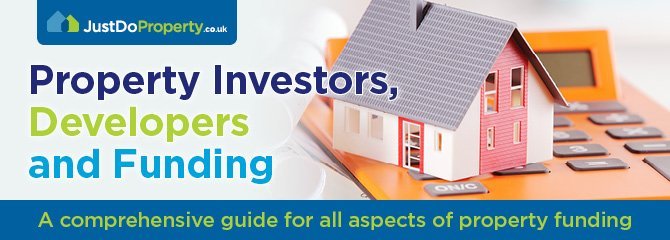
A property refurbishment can give a significant uplift in value, provided you have bought well and the works are done to a sensible spec and budget. At the cheaper end of the market, you might find you are bidding against a first-time buyer who intends to live in the property, or perhaps against a builder who can carry out the works themselves, “at cost”. These competitors might well be happy to pay more for a property than an investor, given they might not be working off a yield, or against the same project costs. At the more expensive end, the finish will become more important, and yields likely to be slimmer, so choose your investment property wisely, and don’t let your emotions get in the way!
Refurbishment Loan
From a short-term (bridging) lenders perspective, a Refurbishment Loan would be applicable if there is an existing structure (property) which remains wind & watertight throughout the loan term. This could include a conversion from office to residential, or a reconfiguration or major make-over.
75% Loan to Value on Day 1
Bridging lenders can provide up to 75% Loan to Value as a NET loan amount on day 1 for the property acquisition, with interest added to the loan (“rolled up”), and paid on redemption. BUT, the gross loan (including interest and fees) amount at the end of the project might be subject to a cap of 70% of the end value of the property, i.e. what it is worth when 100% finished. The lenders can then provide the cost of works via further advances, on a draw-down basis.
Note that refurbishment costs are funded in arrears, thus you will need some cash-flow to kick-start the works, so the value is increased and the lender can then advance further funds. On-going professional fees can be kept to a minimum under a fixed project management fee, as opposed to a series of re-inspection fees from a 3rd party surveyor (which can be quite expensive).
7% per annum rates
Rates as low as 7% per annum with an exit fee, or from 7.8% per annum with no exit fees are available, with the specific rate often established in line with the Loan to Value requirement (i.e. the higher up the Loan to Value scale you go, the higher the interest rate).
Such lenders can give you up to 12 or 18 months to carry out the works and then either sell or refinance, to pay them back.
Some funders have a minimum property size or minimum loan amount, so the really low value properties might be subject to a surcharge somewhere or other, to make it worthwhile for the funder to lend.
There is a huge range of active bridging lenders, each with their own set of criteria and parameters, and costs can vary dramatically, dependent on the specific circumstances and the profile of the borrower. We are always happy to guide you through the pitfalls and establish the most appropriate lender for your circumstances.
Contact Julie@justdoproperty.co.uk for more information
- Homebuilding and Renovating Show Free Tickets - March 19, 2024
- Renovating Your Property with New Windows and Doors - March 18, 2024
- From Fixer-Upper to Dream Home: Investing Returns in Your Property Journey - March 13, 2024



